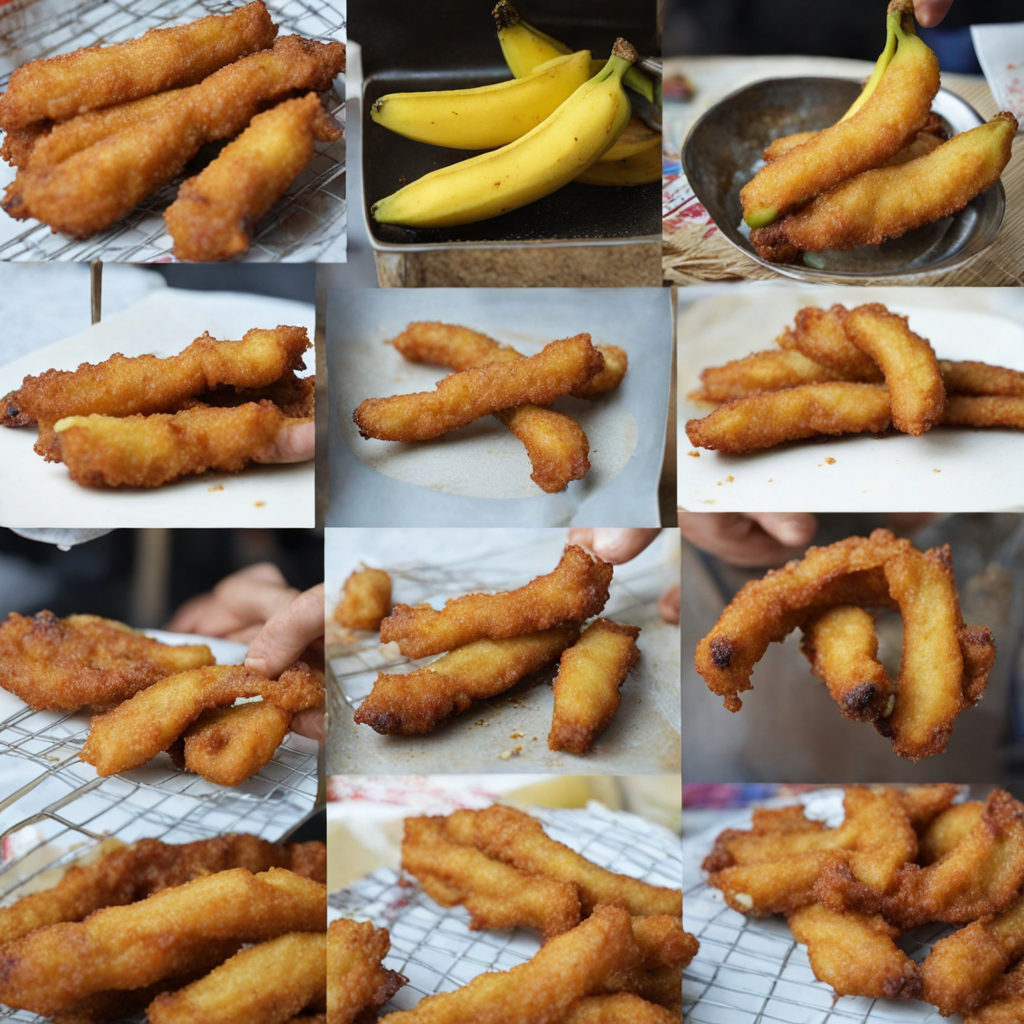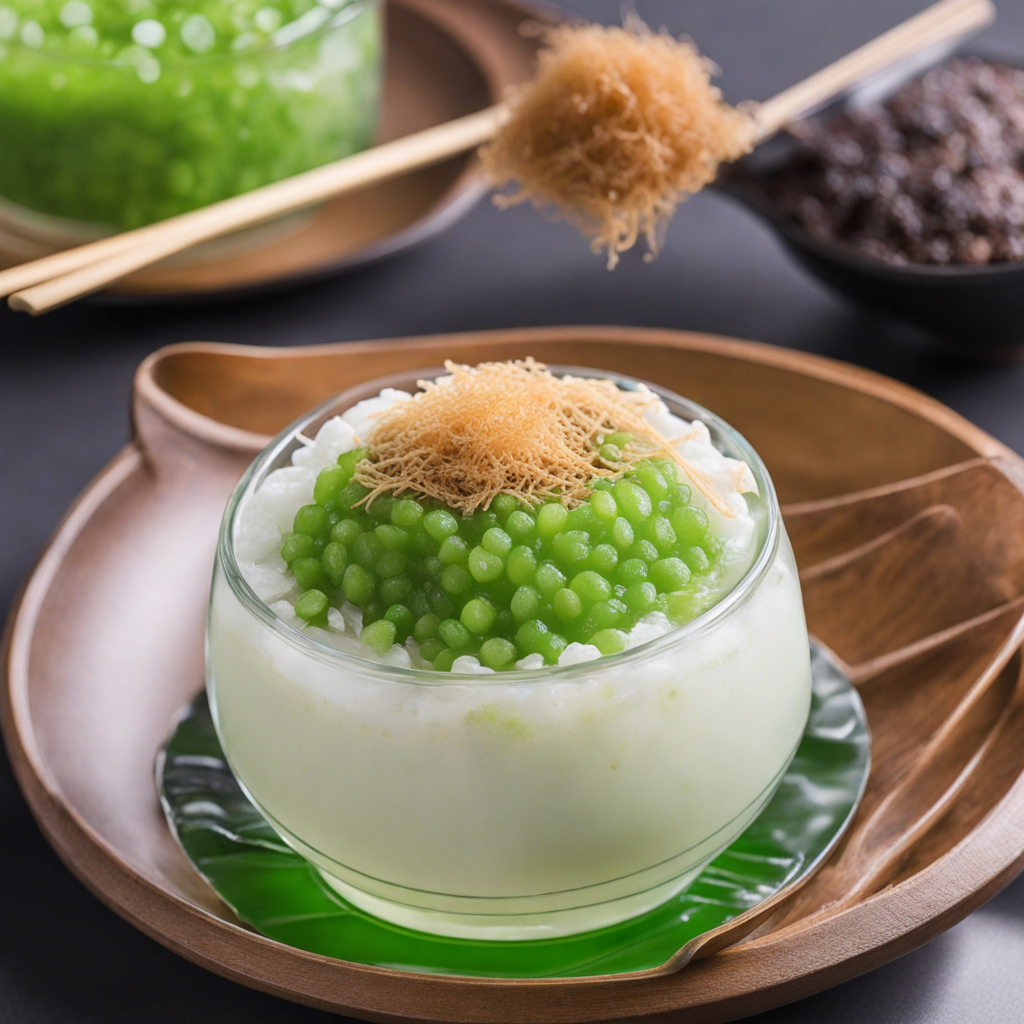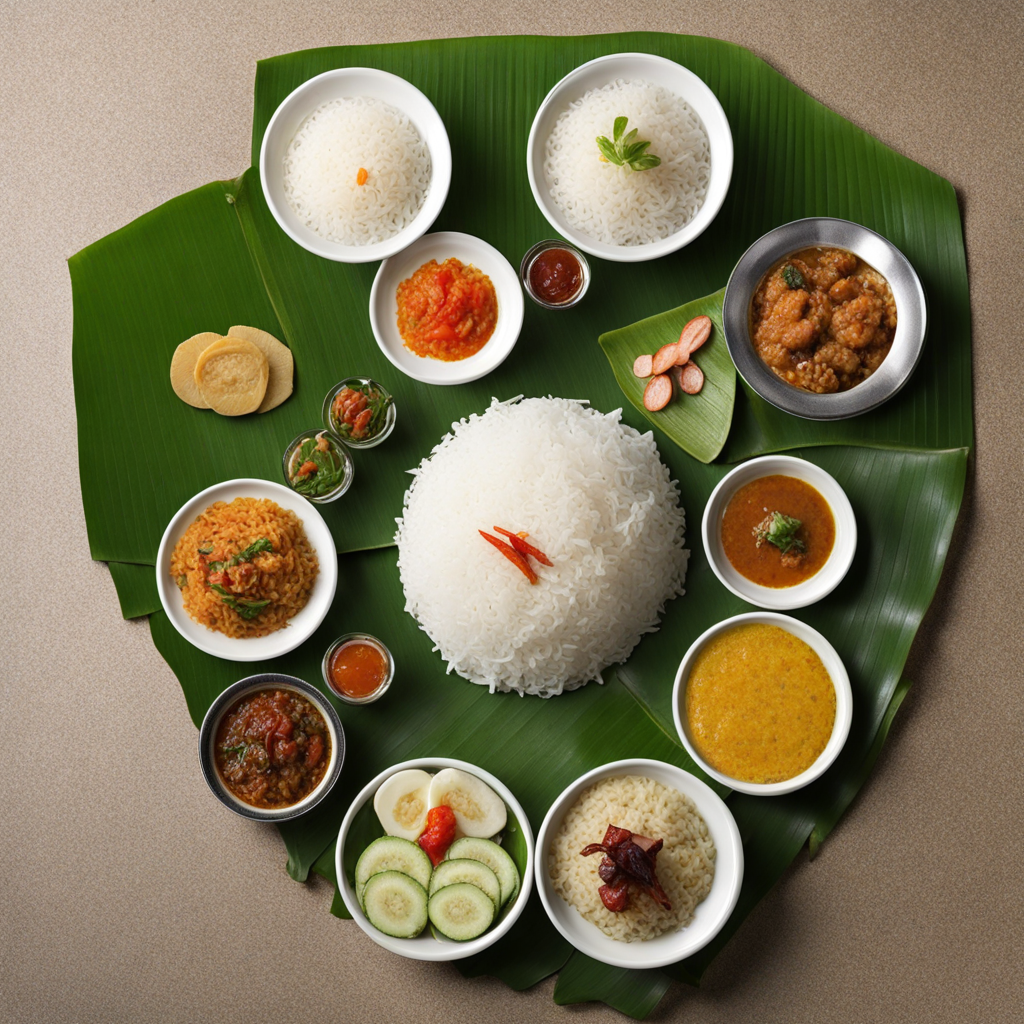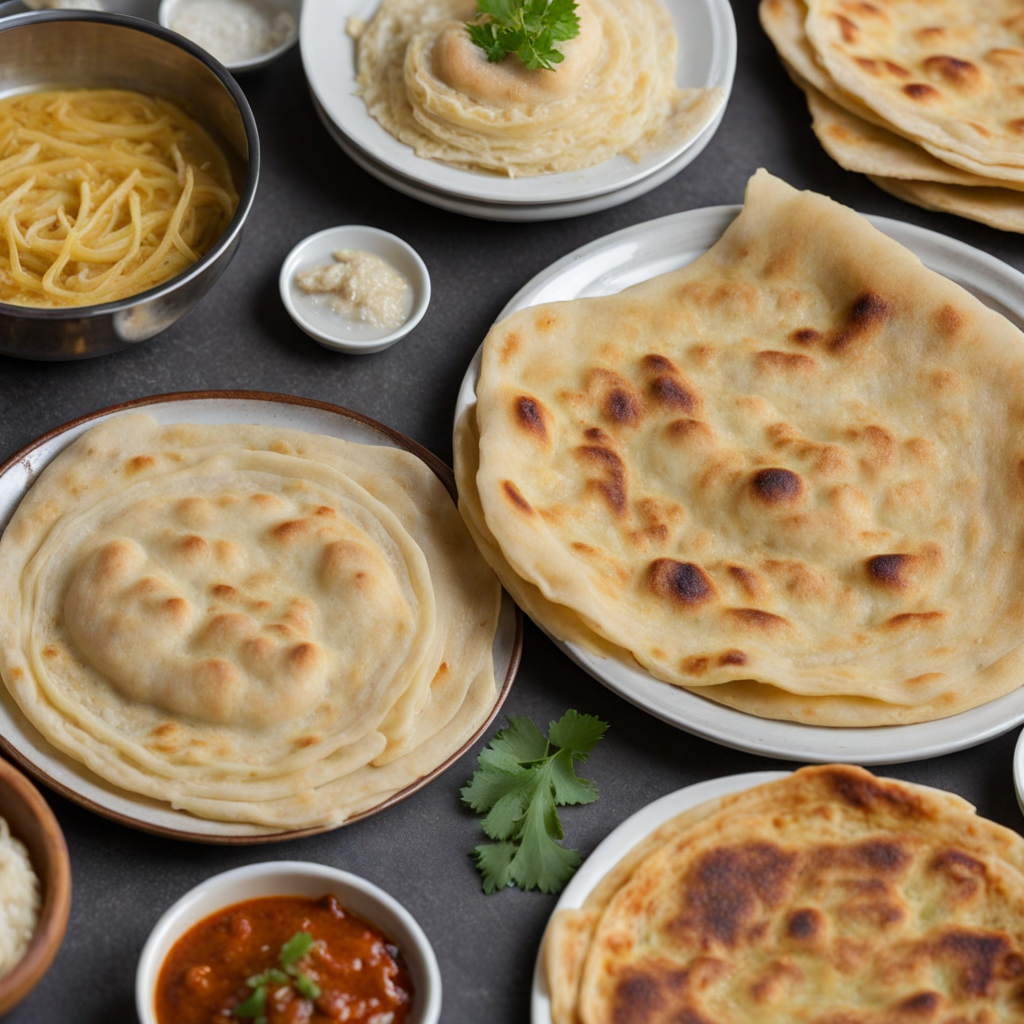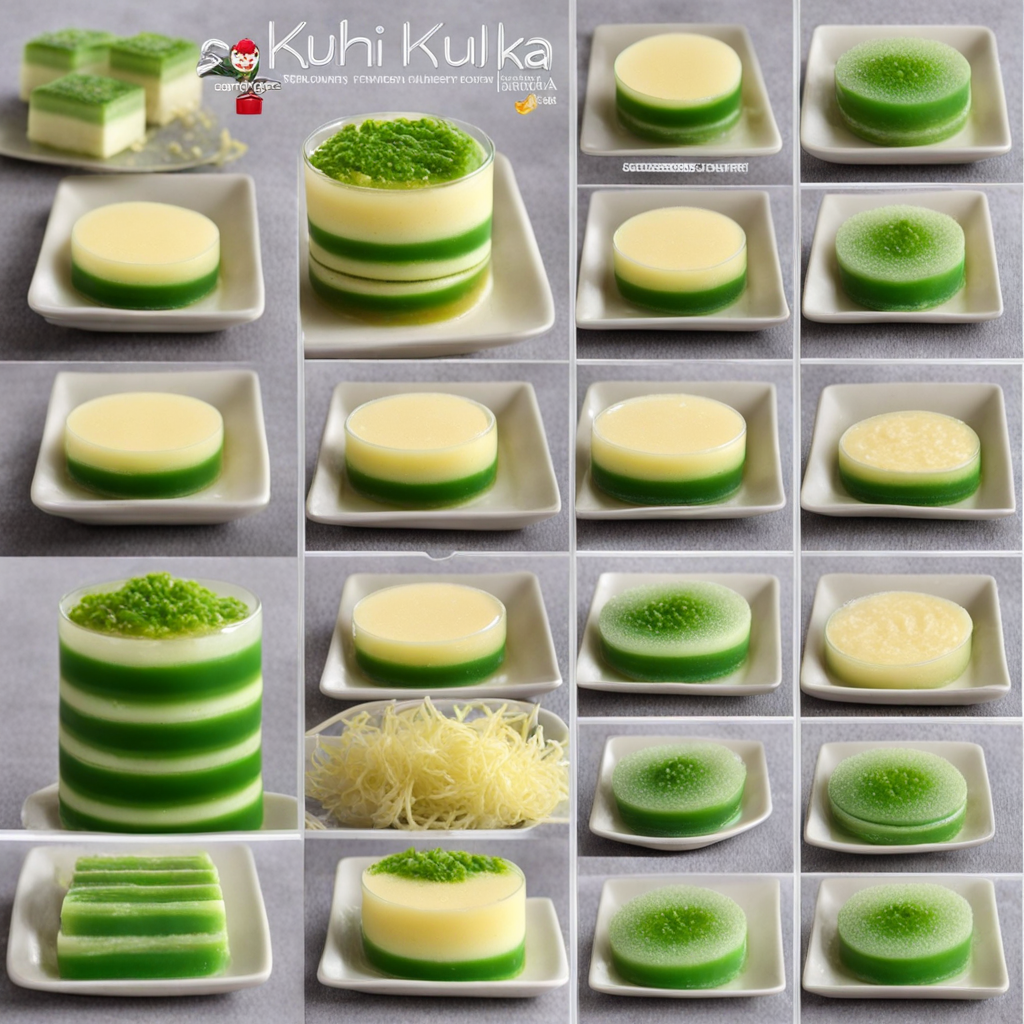Pisang Goreng
Pisang Goreng, or fried banana, is a beloved snack in Malaysia, cherished for its delightful combination of crispy texture and sweet, soft interior. This popular street food has its roots deeply embedded in the local culture and culinary traditions. The history of Pisang Goreng can be traced back to the Malay Archipelago, where bananas have been cultivated for centuries. Over time, various regions have developed their unique methods of preparing this snack, allowing Pisang Goreng to evolve into a culinary staple that resonates with many Malaysians. The flavor profile of Pisang Goreng is a harmonious blend of sweetness and nuttiness. The bananas, usually of the varietal known as "pisang raja" (king bananas), are naturally sweet, providing a rich base. When fried, the outer layer becomes golden brown and crispy, while the inner flesh remains tender and warm. The combination of the crunchy exterior and the soft, sweet interior creates an irresistible contrast that appeals to both locals and tourists alike. Often, Pisang Goreng is enjoyed with a sprinkling of sugar or a drizzle of honey, enhancing its sweetness and adding a delightful sticky element. Preparation of Pisang Goreng involves a few simple steps. First, ripe bananas are peeled and cut lengthwise or left whole, depending on the desired presentation. Next, a batter is made from a mixture of flour, water, and sometimes rice flour or cornstarch, which contributes to its crunchiness. The batter may also be flavored with a pinch of
How It Became This Dish
The Fascinating History of 'Pisang Goreng': Malaysia's Fried Banana Delight #### Origins Pisang Goreng, a beloved Malaysian snack, translates directly to "fried banana" in English. This delightful dish has its roots deeply embedded in the tropical landscapes of Southeast Asia, where bananas thrive in abundance. While the exact origins of Pisang Goreng are not definitively documented, it is widely believed that the practice of frying bananas dates back centuries, influenced by various culinary traditions that crisscrossed the region. Bananas have been cultivated in Southeast Asia for thousands of years, with historical records indicating their presence as early as 500 BCE in Malaysia. The diverse varieties of bananas available, including the popular "pisang raja" and "pisang berangan," lend themselves to different cooking methods. The indigenous populations of Malaysia likely experimented with these fruits, leading to the creation of Pisang Goreng as a way to preserve and enhance the flavor of overripe bananas. #### Cultural Significance Pisang Goreng holds a special place in Malaysian culture, embodying the country's rich culinary heritage and the fusion of flavors that characterize Malaysian cuisine. As a street food staple, it is often sold by vendors at markets, roadside stalls, and during festivals. The sight of a vendor frying golden slices of banana is a common and nostalgic experience for many Malaysians, evoking memories of childhood and community gatherings. The preparation of Pisang Goreng can vary significantly depending on regional preferences and personal tastes. In some areas, the bananas are coated in a light batter made from flour, rice flour, and sugar, while in others, they may be dusted with a mix of grated coconut or sesame seeds before frying. This versatility allows Pisang Goreng to be adapted to various palates, making it a universally loved snack. In addition to its street food status, Pisang Goreng is often enjoyed at home, served as a tea-time snack or dessert. It is frequently accompanied by a cup of hot tea or coffee, making it a cherished component of Malaysian hospitality. Sharing Pisang Goreng with friends and family reinforces social bonds, and it is common to see people gathering around stalls to enjoy this comforting treat. #### Development Over Time The evolution of Pisang Goreng reflects broader trends in Malaysian society, including urbanization, globalization, and the blending of culinary traditions. As cities grew and modern lifestyles emerged, street food began to take on new forms. Traditional Pisang Goreng vendors have adapted to changing tastes and market demands, often expanding their offerings to include innovative variations such as stuffed Pisang Goreng, where fillings like cheese, chocolate, or even durian are added to the fried banana. The globalization of food culture has also influenced Pisang Goreng's popularity beyond Malaysia's borders. With the rise of social media and food blogging, Malaysian cuisine has gained international recognition, and Pisang Goreng has become a symbol of comfort food that transcends cultural boundaries. This growing interest has led to the emergence of Pisang Goreng in restaurants and cafes around the world, often reimagined with contemporary twists, such as serving with artisanal ice cream or gourmet toppings. Moreover, the rise of health consciousness among consumers has prompted some vendors and home cooks to explore healthier alternatives to the traditional preparation methods. These include air-frying or baking the bananas instead of deep-frying, allowing for a guilt-free indulgence that still captures the essence of this beloved snack. #### The Ingredients and Preparation The simplicity of Pisang Goreng is part of its charm. The primary ingredient is, of course, bananas. The choice of banana variety can significantly affect the flavor and texture of the final product. Pisang raja, known for its sweetness and richness, is often favored, while Pisang berangan is celebrated for its firm texture. The batter used for frying can vary widely, but a common recipe includes all-purpose flour, rice flour, and a pinch of salt, with water added to create a smooth consistency. Some recipes incorporate sugar for added sweetness and a hint of flavor. The bananas are peeled and cut into halves or quarters, dipped into the batter, and then deep-fried until golden brown and crispy. Once fried, Pisang Goreng may be served plain or dusted with powdered sugar, grated coconut, or sesame seeds, depending on regional preferences. The crispy outer layer encases the warm, tender banana inside, creating a delightful contrast of textures that is both satisfying and addictive. #### Modern Trends and Future In recent years, Pisang Goreng has seen a resurgence in popularity among younger generations, who are eager to embrace their culinary heritage while also experimenting with new flavors and techniques. This trend is reflected in the rise of food festivals, pop-up markets, and social media campaigns celebrating Malaysian cuisine. Events such as the Malaysian Food Festival showcase traditional dishes like Pisang Goreng, allowing local chefs and home cooks to demonstrate their creativity and passion for this iconic snack. Furthermore, the growing interest in food sustainability has led to increased awareness about sourcing local ingredients. Many Pisang Goreng vendors are now prioritizing organic and locally-grown bananas, as well as environmentally friendly cooking practices. This shift not only supports local farmers but also aligns with global trends toward healthier and more sustainable eating habits. As Pisang Goreng continues to evolve, it remains a symbol of Malaysia’s rich culinary landscape. Its ability to adapt to changing tastes while maintaining its cultural significance speaks to the resilience and creativity of Malaysian cuisine. Whether enjoyed on a bustling street corner or in the comfort of home, Pisang Goreng remains a cherished treat that brings people together, celebrating the flavors and traditions of a vibrant nation. Conclusion Pisang Goreng is more than just a fried banana; it is a culinary narrative that encapsulates the journey of Malaysia's diverse cultural heritage. From its humble origins to its modern reimagining, this beloved snack continues to capture the hearts and palates of Malaysians and food lovers around the world. As we savor each crispy bite, we partake in a rich history that connects us to the land, the people, and the vibrant culture of Malaysia. Whether enjoyed as a nostalgic treat or an innovative creation, Pisang Goreng will undoubtedly remain a timeless symbol of Malaysia's culinary identity for generations to come.
You may like
Discover local flavors from Malaysia


